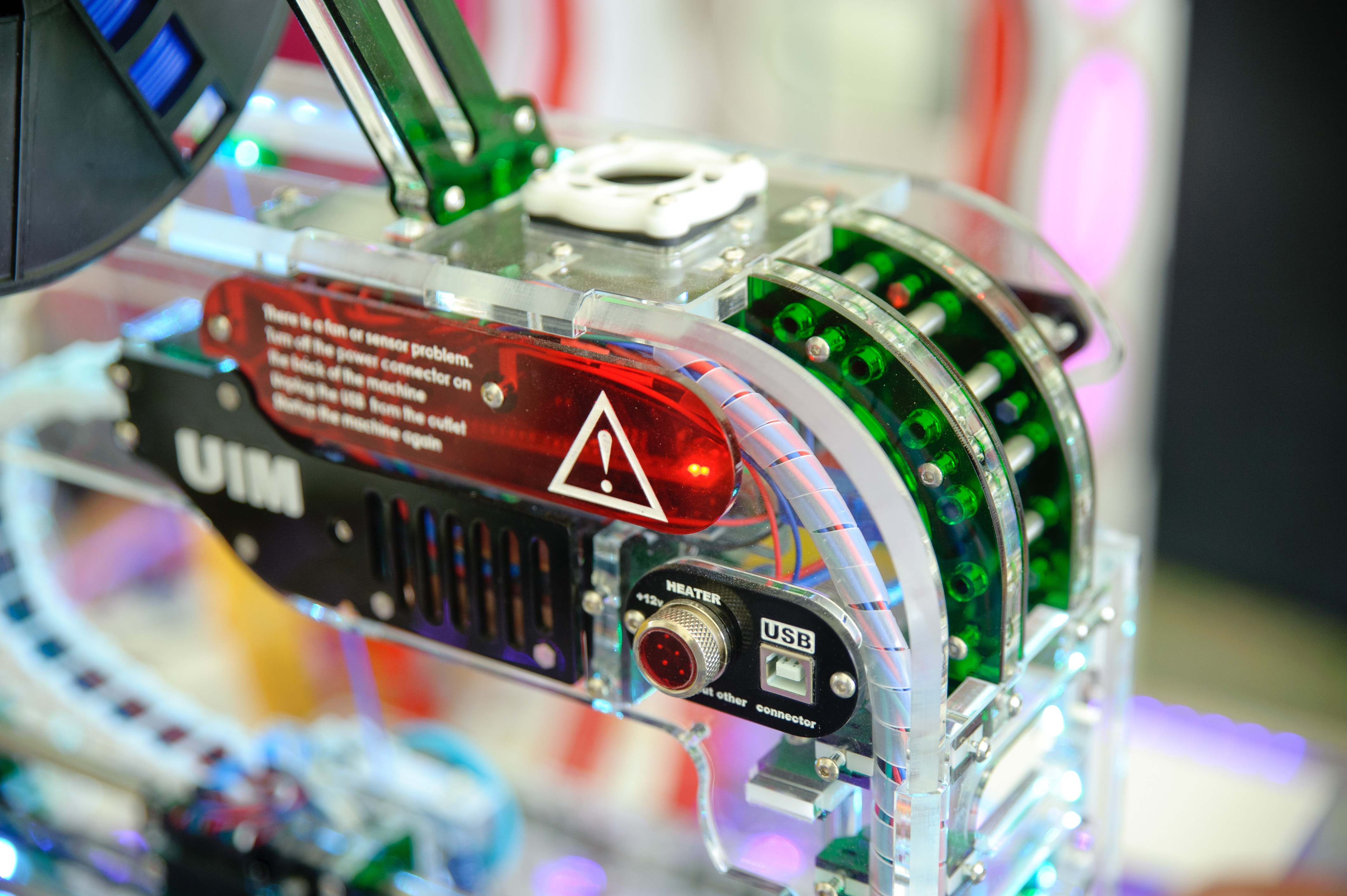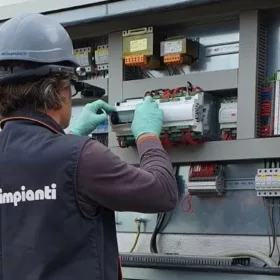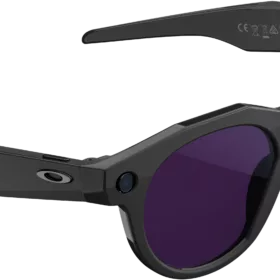The industrial market is becoming increasingly digital and interconnected. For this reason we are talking about the fourth industrial revolution and specifically of Industry 4.0.
The term Industry 4.0 was introduced in 2011 at the Hannover Fair in Germany.
The fourth industrial revolution and the 4.0 industry were central topics during the World Economic Forum 2016.
In the incoming years, technological and demographic factors will profoundly affect the evolution of the labor market and, according to a study, the sectors of the financial area, management, information technology and engineering will be strengthened. Each country must be ready for this new scenario.
We talk about Industry 4.0 to describe a series of processes that bring the more traditional industrial automation towards a form of digital integration and the exchange of data in technologies and production processes that include cyber-physical (CPS), Internet of Things ( IoT), industrial Internet of Things (IIOT), cloud computing, cognitive computing and artificial intelligence.

Industry 4.0 promotes what has been called a digital factory or factory 4.0, which is composed of machines that are completely interconnected, that interact with each other and carry out self-diagnostics and preventive maintenance, it is expected that the maintenance of machinery by the machines themselves, thanks to the IoT, will exceed that of human beings by 2020 in terms of quality, capacity and speed.
There are four design principles in Industry 4.0.
These scenarios support companies in identifying and implementing Industry 4.0 scenarios.
Interconnection: the ability of machines, devices, sensors and people to connect and communicate with each other via the Internet of Things (IoT) or Internet of People (IoP)
Transparency of information: the transparency offered by Industry 4.0 technology provides operators with a large amount of useful information, needed to make appropriate decisions. Interconnectivity allows operators to collect huge amounts of data and information from all points of the production process, thus helping functionality and identifying key areas that can benefit from innovation and improvement.
Technical assistance: first of all, the ability of assistance systems to support human beings by aggregating and displaying information to make informed decisions and solve urgent problems at short notice. Furthermore, the ability of cybernetic systems to physically support human beings by performing a series of tasks that can be unpleasant, too exhausting or unsafe for their human collaborators.
Decentralized decisions: the ability of cybernetic systems to make decisions on their own and to carry out their tasks in the most autonomous way possible. Only in the case of exceptions, like interferences or conflicting objectives, the activities are delegated to a higher level.
Industry 4.0 contemplate an environment-friendly production with ecological production processes, management of the ecological supply chain and ecological products.
Industry 4.0 is an abstract and complex term made up of many components.
Here are some digital technologies that contribute to its existence:
Mobile devices
Internet of Things (IoT) platforms
Position detection technologies
Advanced human-machine interfaces
Authentication and fraud detection
3D printing
Smart sensors
Big data analysis and advanced algorithms
Interaction with multilevel customers and customer profiling
Augmented Reality / wearable devices
Cloud computing
Data visualization and training “in real time” activated
These technologies can be summarized in four main components
- Cyber-physical system
- IoT
- Cloud computing
- Cognitive computer science
Industry 4.0 in smart cities
Technological intelligence is no longer linked only to machines and people.
The buildings have become intelligent and technological, like transportation, the products and their packaging too.
With Industry 4.0, the technological ecosystem expands, increasing the levels of monitoring and control that help us manage many resources, thus resulting in a more virtuous sustainability and a security that improves the quality of life.
This kind of technology is teaching us to share and collaborate through a new ability to do more and do better, helping us to reduce operating costs and work in compliance with regulations.




